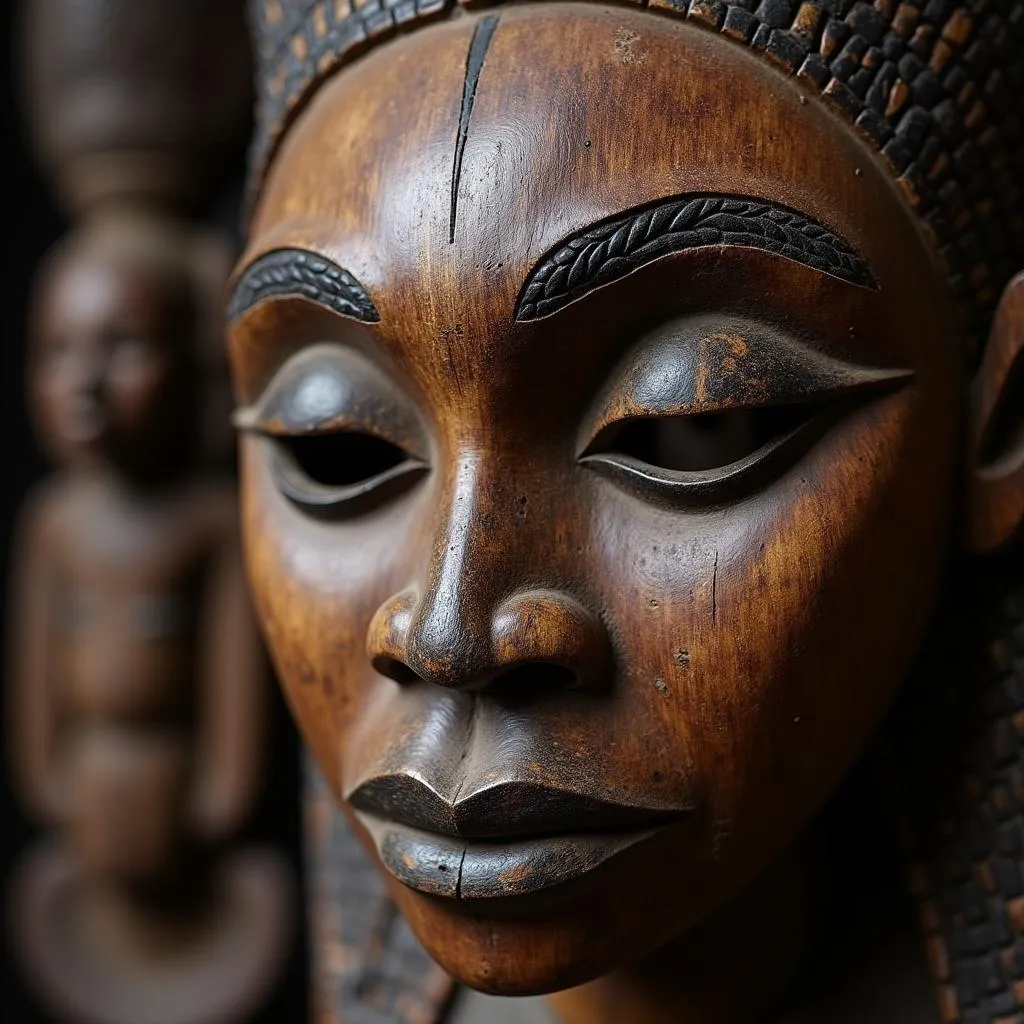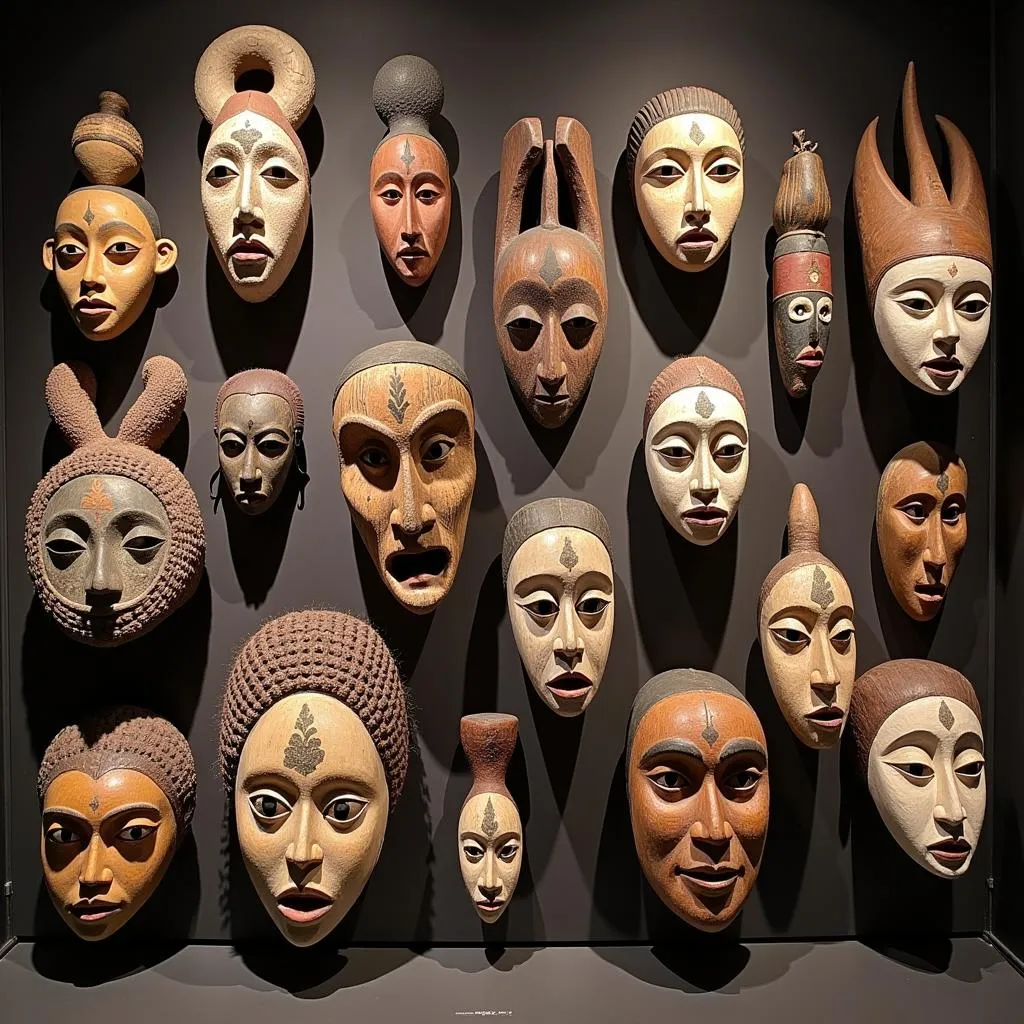The Unique Heritage of African Indian Mix Babies
African Indian mix babies represent a beautiful blend of two vibrant cultures, inheriting a rich tapestry of traditions, languages, and physical characteristics. Their existence speaks to the interconnectedness of Africa and India, two regions with centuries of shared history. This heritage is visible in their physical appearance, cultural practices, and the unique perspective they bring to the world.
Tracing the Historical Ties Between Africa and India
The connection between Africa and India stretches back centuries, interwoven with trade routes, cultural exchange, and even shared governance. The Indian Ocean served as a bridge, facilitating the movement of people, goods, and ideas. Indian merchants established communities along the East African coast, marrying into local populations and contributing to a vibrant Swahili culture.
The Genetic Tapestry: A Beautiful Fusion of Features
African Indian mix babies often possess a striking blend of physical features. Their skin tone can range from deep ebony to warm caramel, often reflecting the diverse complexions found within both Africa and India. Their hair texture might be tightly coiled, loosely curled, or even straight, showcasing the spectrum of hair types present in both regions. Facial features like eyes, nose, and lips also reflect this unique genetic fusion.
 Smiling African Indian mix baby girl with curly hair
Smiling African Indian mix baby girl with curly hair
Cultural Influences: A Blend of Traditions
The cultural upbringing of African Indian mix babies can vary greatly depending on family traditions and geographic location. Some families may choose to embrace both African and Indian customs, creating a rich tapestry of celebrations, languages, and values. For instance, a family might celebrate both Diwali, the Hindu festival of lights, and Kwanzaa, a celebration of African-American heritage. This multicultural upbringing fosters a strong sense of identity and an appreciation for diversity.
Navigating Identity in a Multicultural World
Growing up with a mixed heritage can present unique challenges and opportunities. African Indian mix babies may find themselves navigating multiple cultural identities, often needing to define their own sense of belonging. They might encounter questions about their ethnicity or face pressure to conform to societal expectations. However, this unique position also equips them with a broadened worldview, empathy for different cultures, and a remarkable ability to bridge cultural divides.
 Thoughtful African Indian mix teenager reading a book
Thoughtful African Indian mix teenager reading a book
Celebrating Diversity: A Future of Inclusivity
As the world becomes increasingly interconnected, the beauty of mixed heritage deserves celebration. African Indian mix babies, with their unique blend of African and Indian ancestry, embody the richness of cultural diversity. By embracing their heritage and sharing their stories, they contribute to a more inclusive and understanding world. Their existence challenges us to look beyond simplistic labels and appreciate the beauty of human diversity in all its forms.
FAQ
- What are some common challenges faced by African Indian mix babies? Like many with multicultural backgrounds, they might navigate identity questions, societal expectations, and bridging cultural differences.
- Are there support networks for African Indian mix individuals? Yes, various online and offline communities offer support, shared experiences, and resources for individuals of mixed heritage.
- How can I learn more about African and Indian cultures? Explore books, documentaries, cultural events, and engage with community organizations representing these cultures.
For personalized advice or assistance, contact us at +255768904061, email kaka.mag@gmail.com, or visit us at Mbarali DC Mawindi, Kangaga, Tanzania. Our dedicated team is available 24/7 to help.



